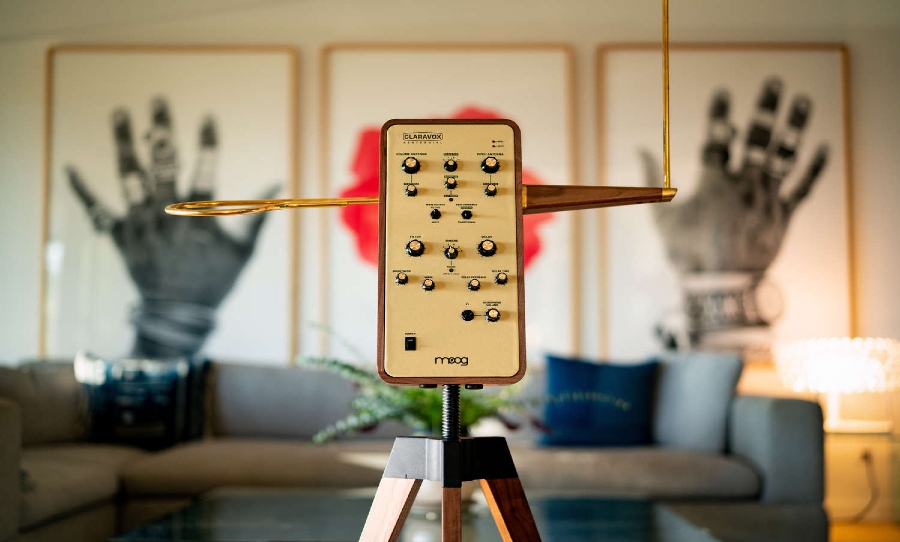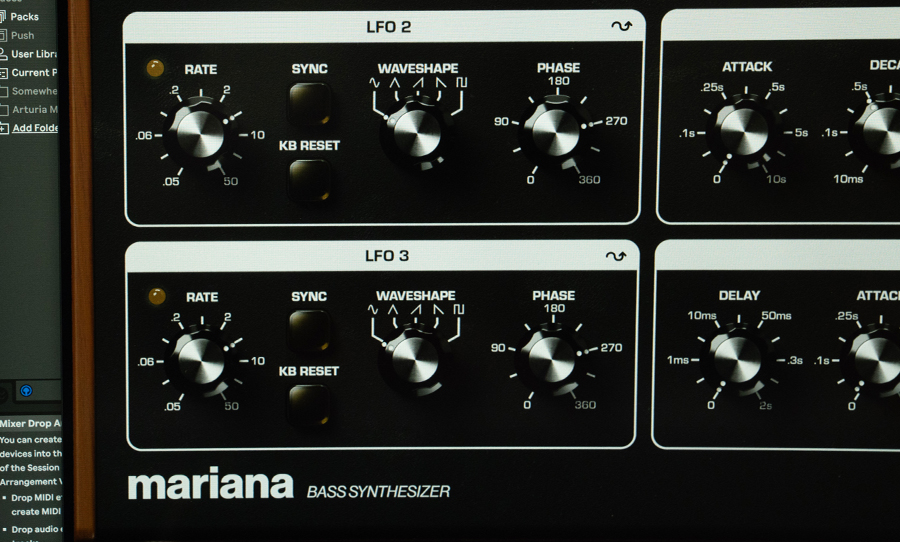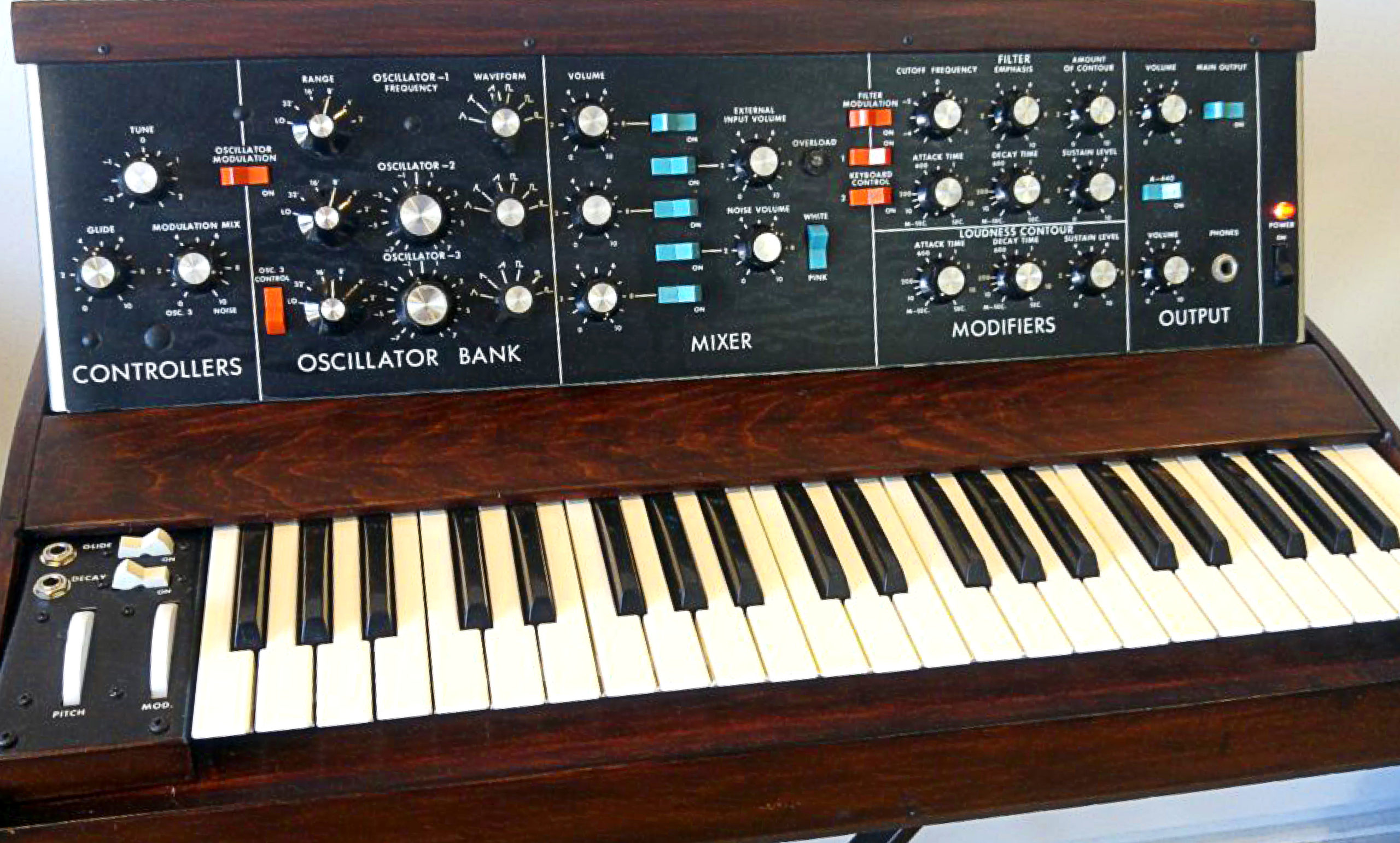Moog has marked 100 years since the invention of theremin with the Claravox Centennial, their finest example of the instrument yet.
Moog has released the Claravox Centennial to commemorate a century since the groundbreaking invention of the theremin. The Claravox Centennial’s name is inspired by the first theremin virtuoso Clara Rockmore.
The creation of the instrument by Russian Leon Theremin in 1920 is often credited as the very first electronic instrument. Its invention was funded by the Soviet government’s research into proximity sensors.

Despite being invented exactly a century ago, it still feels like a futuristic instrument. It produces other-worldly sci-fi sounds and is operated without actually being touched by the player.
Instead of touch, the theremin is operated by antennas with sensors. One antenna controls frequency (pitch) while the other controls amplitude (volume). The lack of physical parameters and dependence on hearing for pitch means the theremin is notoriously difficult to play and master.
It’s fitting that Moog has commemorated the instrument, as it was the theremin that sparked a lifelong obsession with electronic music for Bob Moog. After discovering the unique instrument in a magazine at age 14, Moog founder Bob Moog set about building and selling his own.
The Claravox Centennial is arguably the most advanced theremin released by Moog. You can choose between a traditional heterodyne analog oscillator or use multimode DSP oscillators with assignable scales, quantization and octave ranges.
The Claravox Centennial has USB, MIDI and CV inputs and outputs meaning it can easily fit into a DAW-based setup. It has a striking, classy wooden finish and is constructed with brass antennas and cloth-bound control panels.
To find out more, head on over to the Moog website.



